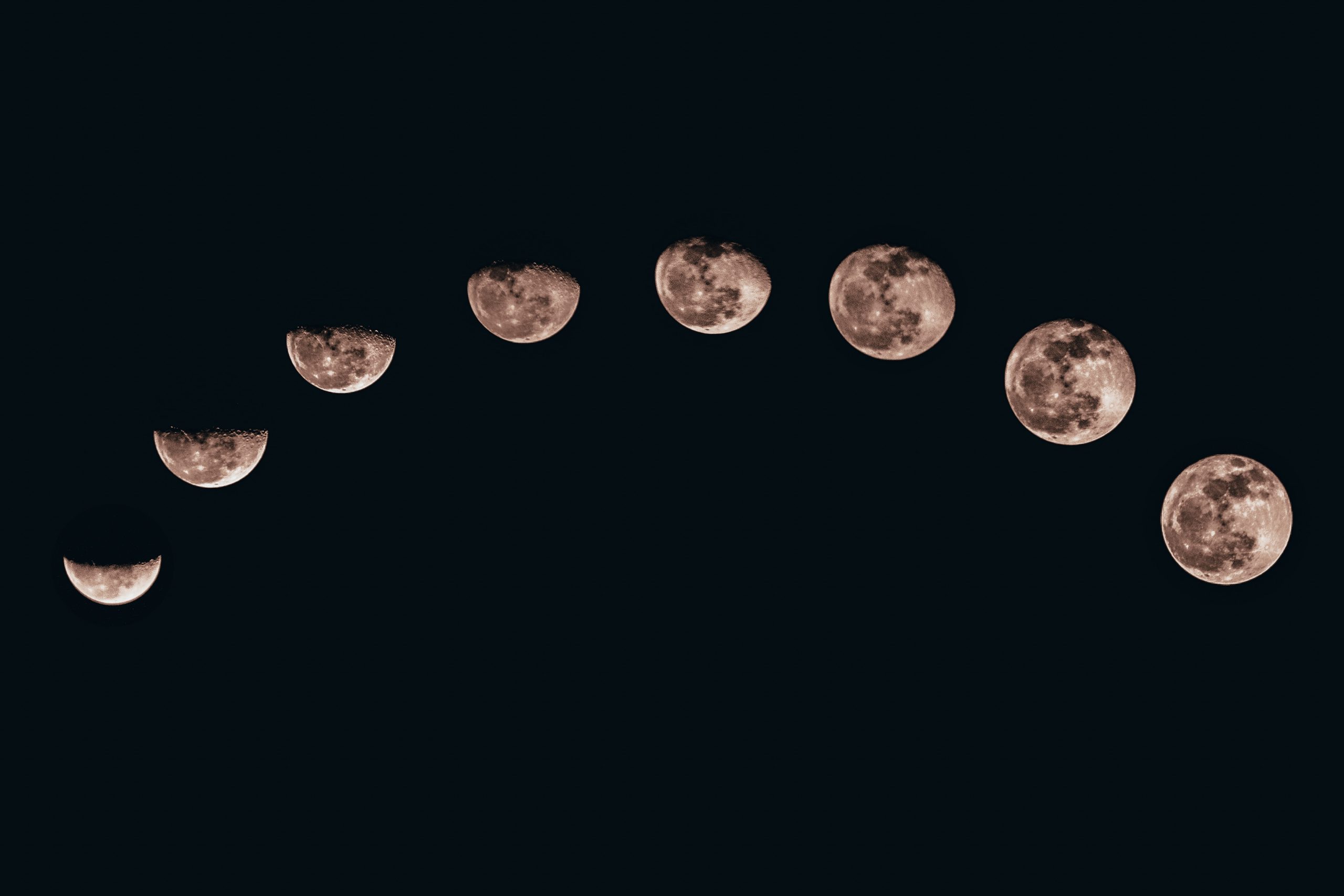How Many Moon Phases Are There? Exploring the Lunar Cycle
The moon has been a source of fascination and wonder for countless generations. Its ever-changing appearance in the night sky has captivated humanity since time immemorial. One of the most intriguing aspects of the moon is its cycle of phases, which refer to the different shapes and brightness levels that it exhibits throughout the month. In this blog post, we will dive deep into the topic of moon phases and explore the different stages that make up the lunar cycle.
The Basics: Understanding the Lunar Cycle
Before we delve into the specifics of moon phases, it’s essential to have a clear understanding of the lunar cycle. The lunar cycle refers to the approximately 29.5-day period in which the moon completes one orbit around the Earth. This cycle is crucial for various cultural, religious, and scientific reasons, with each phase representing a particular moment in the moon’s journey.
The Eight Moon Phases
Contrary to popular belief, the moon does not necessarily go through 12 different phases in a month. In reality, there are eight distinct phases that together form the complete lunar cycle. These phases are:
- New Moon
- Waxing Crescent
- First Quarter
- Waxing Gibbous
- Full Moon
- Waning Gibbous
- Last Quarter
- Waning Crescent
Let’s delve into each of these phases and explore their unique characteristics.
New Moon
A new moon occurs when the moon is positioned between the Earth and the sun, rendering its illuminated side entirely hidden from view. During this phase, the moon is not visible from Earth. The new moon marks the beginning of the lunar cycle.
Waxing Crescent
Following the new moon, a small sliver of the moon becomes visible, forming what is known as a waxing crescent. This phase is characterized by a faint crescent shape, with only a small portion of the moon being illuminated.
First Quarter
As the lunar cycle progresses, the moon reaches the first quarter phase. During this phase, exactly half of the moon, as seen from Earth, is illuminated. The term “first quarter” refers to the fact that the moon has completed approximately one-fourth of its journey around the Earth.
Waxing Gibbous
Following the first quarter, the illuminated portion of the moon continues to grow, resulting in the waxing gibbous phase. This phase exhibits more than half of the moon’s disk being illuminated, leading to a greater visibility of its features.
Full Moon
The full moon is perhaps the most recognizable and awe-inspiring phase of the lunar cycle. Occurring when the entire illuminated side of the moon is visible from Earth, this phase represents the moon’s complete journey from the new moon phase.
Waning Gibbous
Once the full moon phase is reached, the illuminated portion gradually decreases, leading to the waning gibbous phase. During this stage, the moon starts to appear less than fully illuminated.
Last Quarter
As the name suggests, the last quarter phase marks the completion of approximately three-quarters of the lunar cycle. In this phase, exactly half of the moon’s surface, as seen from Earth, appears illuminated, but on the opposite side compared to the first quarter phase.
Waning Crescent
The final phase of the lunar cycle, before returning to the new moon, is the waning crescent. During this stage, only a small crescent-shaped portion of the moon is visible, and its illuminated area continues to decrease until it becomes entirely hidden from sight.
Moon Phases and Their Significance
The moon phases hold significant cultural and religious importance for various societies throughout history. They have been used as markers for determining the passage of time, planning agricultural activities, and observing celestial events.
For instance, in many lunar calendars, religious festivals and rituals are scheduled based on specific moon phases. Additionally, farmers often rely on particular phases, such as the full moon, to determine the best time for planting or harvesting crops.
Conclusion
The moon’s ever-changing phases provide us with a fascinating spectacle in the night sky. By understanding the eight distinct stages that make up the lunar cycle, we can gain a deeper appreciation for the celestial dance happening above us. Whether you’re an aspiring astronomer, a lover of nature, or simply someone who enjoys gazing at the moon, exploring and observing its different phases is a wonderful way to connect with the universe and marvel at its wonders.
Table of Contents
